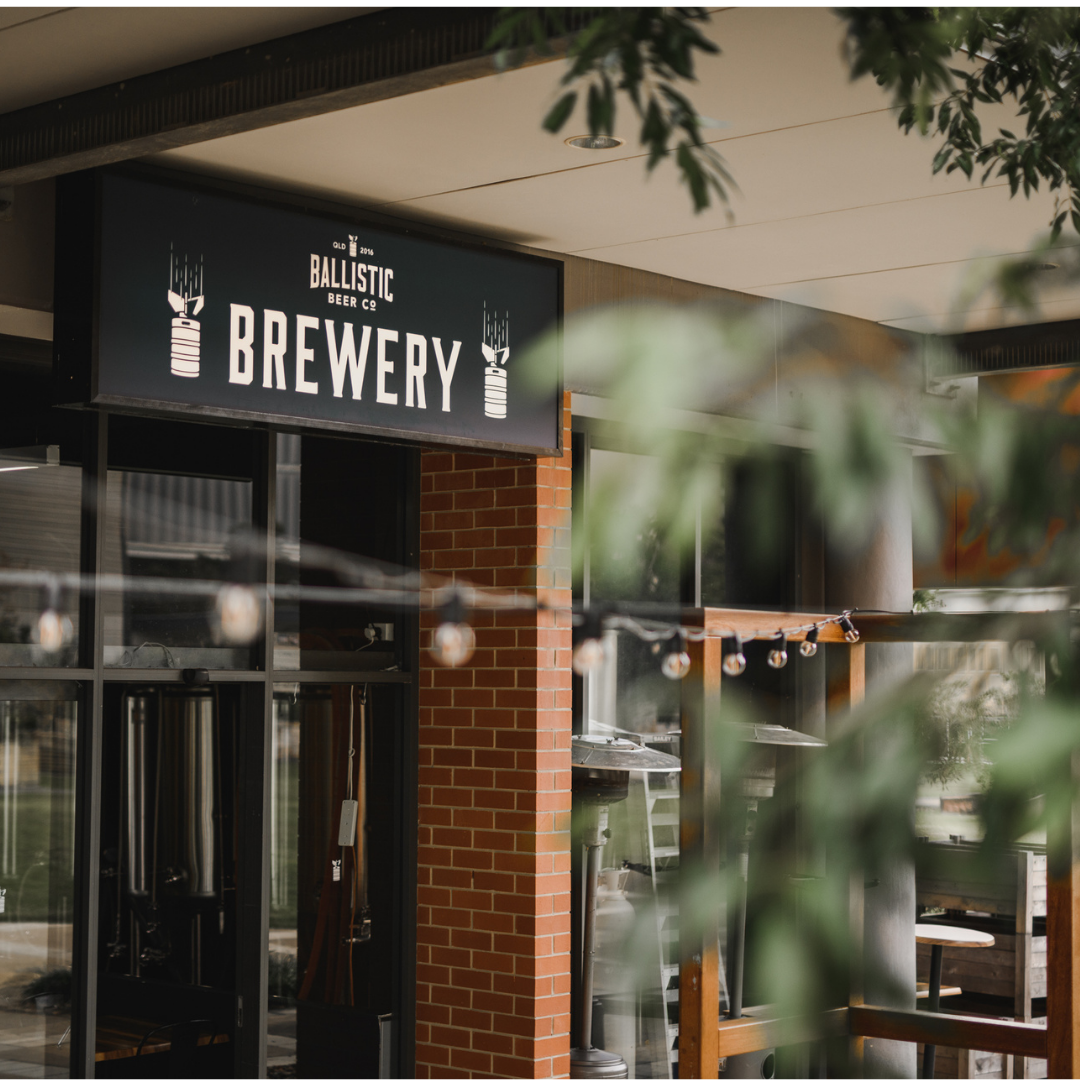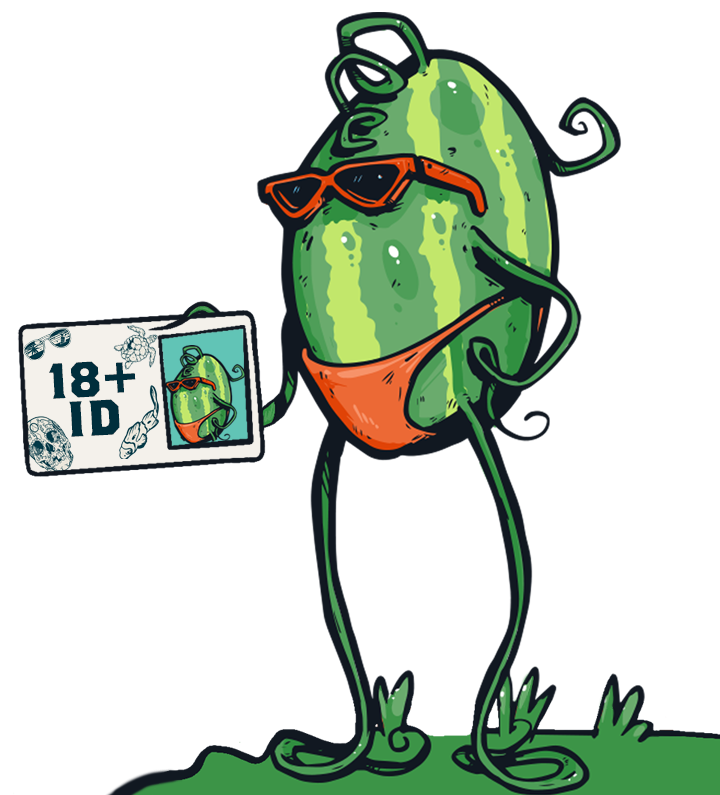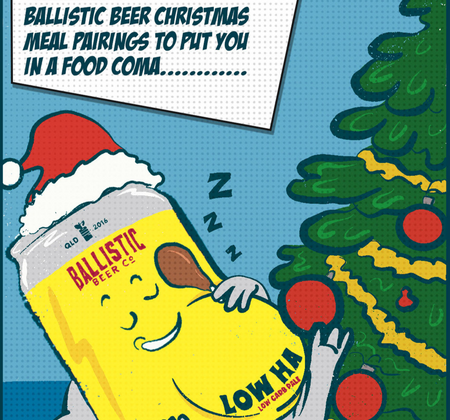The evolution of beer styles is a topic that has long fascinated brewers and beer enthusiasts alike. Few locations offer more intrigue and discovery than Belgium, particularly the region of Wallonia along the French and Belgium border. This relatively small geographic area has spawned the evolution of some unique and cherished beer styles. One such style is the humble Saison.

This article presents a brief overview of the history of Saison whilst also challenging some of the stylistic notions that have evolved with it over time. We believe that Saison is as much about the story as it is style. It’s a type of beer that evolved out of necessity and ingenuity and has gone on to become something truly special.
Saison was originally brewed on and around farms during the cool winter months for farmworkers to consume daily during the warmer months of toil. In times when drinking beer was arguably safer than water, keeping your workers happy and healthy was very important. The French word for season, Saison really is the epitome of a seasonal beer. Having evolved over time utilising seasonally available ingredients, it has been shaped by all manner of natural disasters, pandemics, politics and wars over centuries. It has persevered to become much loved in modern times but has changed a bit along the way.
With these formalities out of the way, it’s time to dig into the questions that I find myself asking about this once-maligned style. What even is a Saison? How would historical examples compare to those brewed today?
To take a formal, modern and definitive approach, the Beer Judge Certification Program (2015) outlines Saison as being:
“Most commonly, a pale, refreshing, highly-attenuated, moderately-bitter, moderate-strength Belgian ale with a very dry finish. Typically highly carbonated, and using non-barley cereal grains and optional spices for complexity, as complements the expressive yeast character that is fruity, spicy, and not overly phenolic”
Descriptions such as the above provides a solid baseline for modern brewers and drinkers alike. They enable beers to be brewed, judged and critiqued objectively. While having guidelines is undoubtedly important, they can tend to steer brewers in certain directions. Perhaps they encourage us to use certain ingredients or processes to achieve a result that we deem to be ‘true to style'.
This is particularly interesting when we consider how varied the Saison style is by nature. Seasonally available raw materials would’ve been highly variable for numerous reasons. Natural and anthropogenic effects would’ve often forced traditional Saison brewers to use not what they necessarily wanted, but what they had available. When we consider these varying factors, we begin to develop a very different perspective for what this style must have meant to the people that historically brewed and consumed it.
With only limited historical brewing records available we have little to compare modern examples against. Our historical records go back over a century but still fail to get us back to times when the beers would’ve been brewed traditionally on farms. Verbal accounts and recollections have helped a lot to add valuable missing pieces to the puzzle, but much can only be left to the imagination. The work of certain individuals who have conducted extensive and passionate research on this topic cannot be understated. Perhaps none more so than Yvan de Baets (co-founder and head brewer at the Brasserie de la Senne in Brussels).

De Baets has written contributions in Phil Markowski’s book ‘Farmhouse Ales: Culture and Craftsmanship in the Belgian Tradition’ (2004) stand as one of the more comprehensive publications on the topic. It highlights many of the apparent knowledge gaps in the evolving history of Saison style and makes a strong case describing how historical Saison beers would likely have differed from modern counterparts.
De Baets has also highlighted the impact of domesticated Saison yeast strains on modern Saison. It’s a powerful point when we consider the types of mixed cultures that would’ve characterized early stylistic examples. Some would’ve been sour and others not. Profiles and yeast-derived flavours would’ve been widely varied. Fast forward to the 21st century and we have a far more rigid perception of what constitutes the Saison style and Saison yeast in general. Several domesticated, commercial Saison yeast strains have been preserved from contemporary Saison breweries and these are now sold to brewers around the world. With this, our stylistic cadence has somewhat narrowed.
Modern brewers now have access to a dizzying amount of online and written guidance from around the globe. What does all this mean for the direction commercial Saison moving forward? Do we continue to refine our perceptions? Or do we instead expand our horizons and draw renewed inspiration from the past?
For us, at the Ballistic Bunker, the answer is a simple one. We will be looking backward to go forward. Drawing inspiration from those that came before whilst pushing things forward in our own directions. Personally, mixed culture fermentations have always achieved my favourite results when brewing Saison. The depth of character that multiple yeasts and bacteria can achieve, creates a complex nuanced flavour that elevates the drinking experience. We’ll continue to explore our mixed cultures whilst attempting wherever possible to utilize the seasons in our quest to make modern Saison in ways that link to our local area whilst bringing enjoyment to us and others!
With this idea in mind, we’re very happy to release our latest Saison that we’ve named ‘Story Over Style’. At 6.5% ABV it’s a contemporary Saison with plenty of old-world character. Utilising the solera method and some additional yeast pitching we’ve steered our house mixed culture to express elevated esters and phenolics with complimentary Brettanomyces characters. To us, it blends tradition with evolution. Dry, moderately bitter and brewed with drinkability in mind.
Saison really is more about the story than it is style. It’s about using what you have available and recognizing that there are infinite possibilities and multiple ways to do things.
Jake Harrison
Site Head Brewer - Ballistic Bunker Project
Reference materials & Further Reading
Markowski, Phil (2004). ‘Farmhouse Ales: Culture and Craftsmanship in the Belgium Tradition’, Phil Markowski with contributions from Tomme Arthur and Yvan De Baets. Brewers Publications, USA.
Mulder, Roel (2018). ‘Fact check Yvan De Baets on Saison: The results may shock you’. Accessed online: https://lostbeers.com/fact-check-yvan-de-baets-on-saison-and-the-results-may-shock-you/
Stange, John, & De Baets, Yvan (2021). ‘Brasserie de la Senne’s Yvan De Baets Explains Saison’s Greatest Myth: the Yeast’. Accessed online: https://beerandbrewing.com/brasserie-de-la-sennes-yvan-de-baets-explains-saisons-greatest-myth-the/








